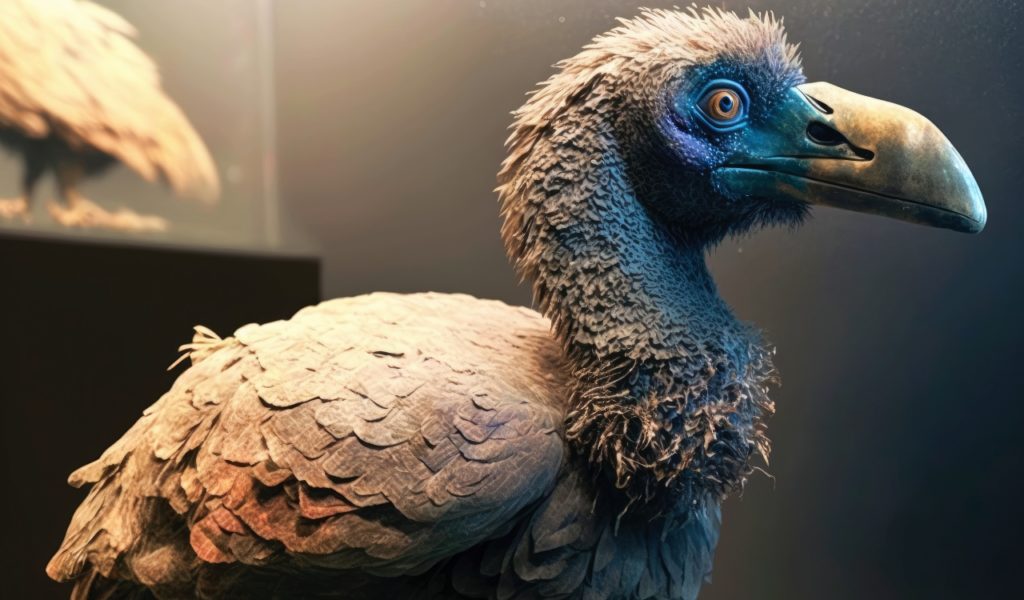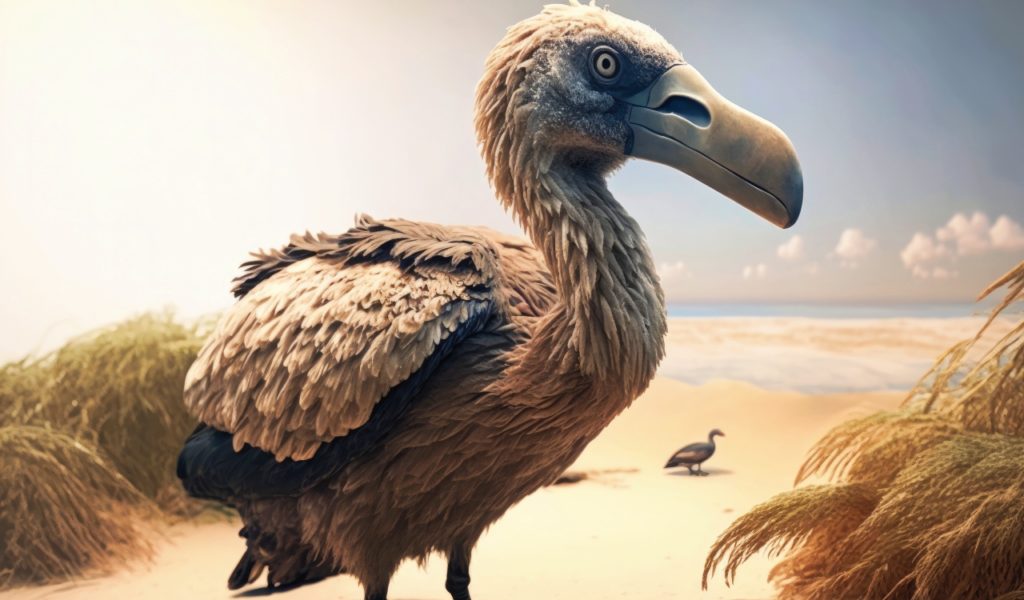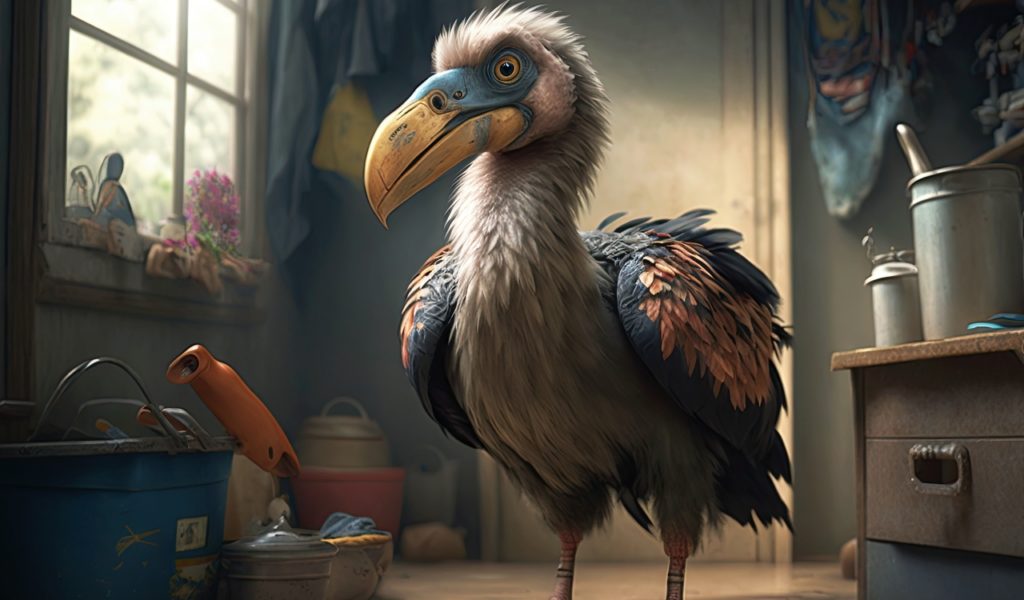While it might be somewhat controversial, the rise of genetic editing has allowed scientists to do what would usually be impossible. There are now ways to bring back previously extinct creatures. In the recent past, some have referenced bringing back the Wooly Mammoth. Yet one lab wants to bring back the historically odd Dodo Bird.
Colossal Biosciences has been grabbing headlines for a while now, as this venture-capital-funded place specializes in “de-extinction.” They have now set their sights on bringing back the long-extinct Dodo bird, in spite of many feeling it is probably not the best idea.
Founded in 2021 by Ben Lamm, a notable tech entrepreneur as well as Harvard University Geneticist George Church…they were the ones who referenced bringing back the Mammoth originally. In 2022, they claimed they wanted to bring back the Thylacine, better known as the Tasmanian Tiger.
The launch of Avian Genomics Group and a $150 million investment has resulted in the Dodo being part of their projects for de-extinction. The real question is: why would we want to bring back the Dodo Bird?
The Dodo Bird

The Dodo Bird is pretty interesting as a species, but heavily known for going extinct due to its lack of intelligence and mating toward the end. Native to Mauritius in the Indian Ocean, it actually did not go extinct until the 17th Century. This came after humans made their way onto the island.
The bird was relatively small, only managing to get to roughly 3 to 4 feet in height and roughly 50 pounds at a normal weight. Most of the time, a bird of this size which was also flightless, would have tried to avoid anything larger than itself.
For example, your average wild chicken or rooster is likely going to try to get away from humans or large predators. Yet the Dodo likely never experienced this issue, so it was not afraid of people at all. They were known for walking right up to people. Dodos did not even flinch in spite of seeing others slaughtered around them.
They were also unique when it came to reproduction. They laid a single egg on the ground, which might have been taken by rats or monkeys that people brought with them. When one thinks of extinction, one thinks of the Dodo because very little can be deader than this species.
Yet that is why it is so appealing to do so. If science can bring back the Dodo bird, then that means there are endless possibilities. This could be the first step to bringing back specific dinosaurs. Although, we have a series of movies that warns us of this very idea.
How To Bring It Back

Beth Shapiro is the lead Paleogeneticist and Scientific Advisory Board member at Colossal Biosciences. Also a Professor of Ecology & Evolutionary Biology at the University of California, Shapiro has studied the Dodo since the days when paleogenetics was in its infancy.
In fact, she published some of her research on the bird in 2002 where she described how she and her team had extracted a tiny piece of the Dodo’s mitochondrial DNA or mtDNA. This is the DNA inside organelles known as mitochondria, which gets passed down from mothers to offspring.
The research found that the closest living relative to the Dodo is the Nicobar Pigeon. By 2022, Shapiro was able to reconstruct the Dodo’s entire genome. It might have taken decades but having this genome makes de-extinction at least possible with the right gene editing.
While technically a species could be resurrected by cloning DNA from a remnant cell, this has proven difficult to impossible for scientists to achieve so far. That’s usually because viable DNA is never found. This is why genetic editing is so crucial.
You implant an edited genome into an egg cell of a related species. The animal must then be born successfully and live. It must also be capable of living in an appropriate environment too. Along with the fact that the team has to constantly monitor the species and make sure it is fed.
This seems easy in theory, but that is not exactly true. Though Colossal Biosciences wants to fix all of the previous problems at one time. Yet Co-Founder Ben Lamm claimed the company is nowhere near ready to implant embryos into surrogates yet. However, they do have a team working on the cloning methodology that will be necessary for this to occur.
Potential Problems

The company currently has several teams working on trying to figure everything out, including problems of computational biology, cellular engineering, stem cell reprogramming, embryology, protein engineering, and animal husbandry. This is among many other things.
One huge challenge they will need to overcome is an issue that affects all avian genomics. For mammals, such as the first successfully cloned animal known as Dolly the Sheep, it is pretty simplistic. You use adult cells to then eventually clone.
Shapiro says, however, that we cannot clone birds. Since cloning requires an egg cell that is ready for fertilization but not yet fertilized. She explained that:
“There is no access to a bird egg cell at the same developmental time as there is for a mammal.”
Currently, C-Bio is exploring a process to extract avian primordial germ cells or PGCs from bird eggs. If this works and that is a big “if” for now, these same PGCs from pigeons would go on to be manipulated and eventually develop into something Dodo-like. Shapiro claims that ultimately:
“The final version of [the] Dodo will emerge from a pigeon that has been engineered to be the size of a dodo. So the size of eggs will be consistent.”
The first step is always the toughest with birds but the next is a lot easier. Scientists do not know how the modified embryo of an extinct species will interact with the intrauterine environment of the host species in mammals. Yet for birds, that is simple as everything happens in an egg for them.
Time will tell if the Dodo can be brought back from extinction. The fact is if we’re able to do this…science will have taken a massive step forward and things like genetics and what we can do with them will change forever.